THE LEAFLET
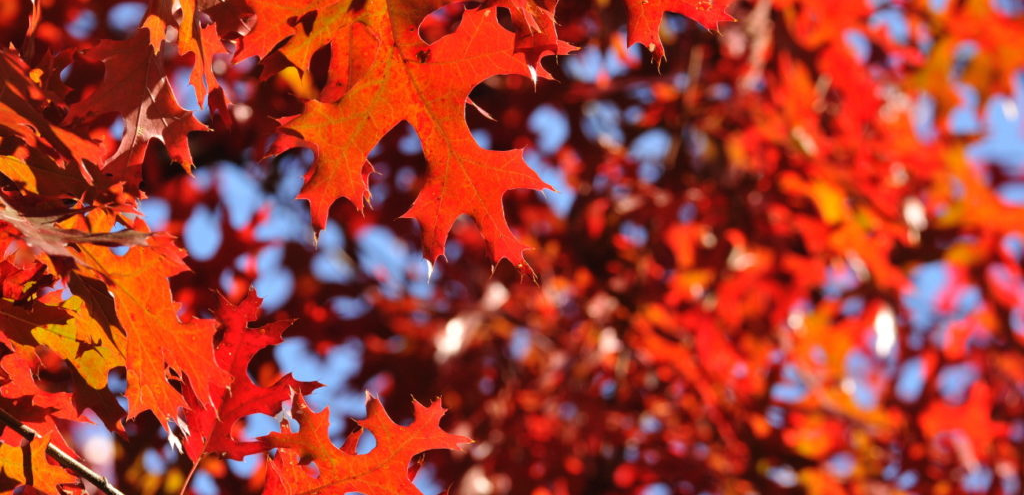
Fun State Trees
Did you know that each US state has a designated state tree? These trees were chosen for their historical, economic, and cultural significance to the state. Each state tree offers unique characteristics, such as its geographic range, scientific classification, and environmental benefits. Learning about state trees can be a great way to explore the diverse landscapes of our country and gain an appreciation for the natural world. Join us as we learn about a few of the beautiful state trees our country celebrates.
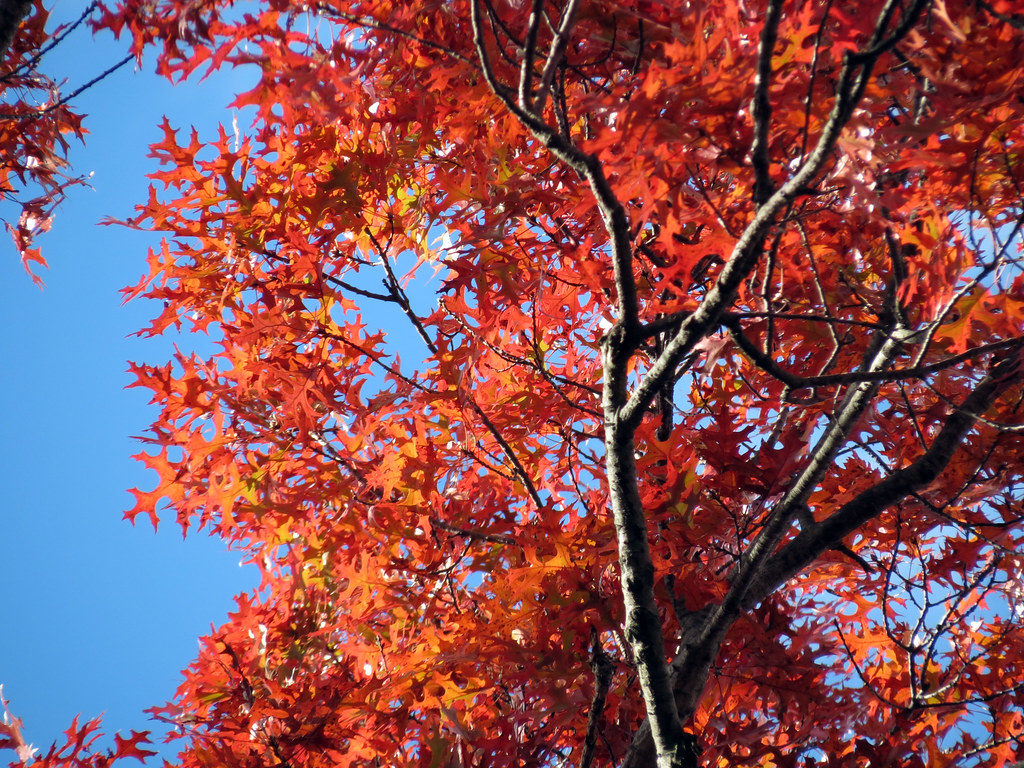
A scarlet oak in Rock Creek Park showing off. Photo by Katja Schulz/Flickr
On November 8, 1960, the beautiful scarlet oak was designated the official tree of Washington D.C. A rapid-growing tree of the eastern United States, the scarlet oak tree is best known for the magnificent, brilliant red color of its autumn leaves. Scarlet oak is also a popular landscape choice because it’s tolerant of drought, poor soil conditions, and wind. Scarlet oak is slow to moderate growing, reaching 40 feet in height in 30 to 50 years. It does best when planted in full sun. This tree is available through our residential planting program. You can also get up to $100 back for planting this tree yourself through our tree rebate program.
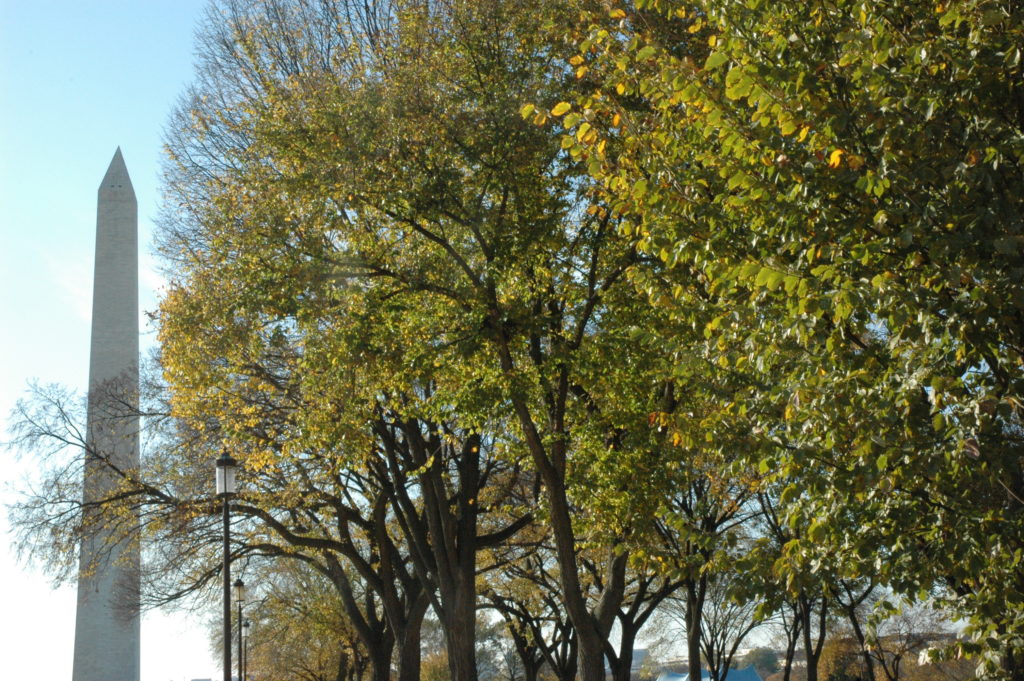
Massachusetts designated the American elm as the official state tree in 1941, commemorating the fact that General George Washington took command of the Continental Army beneath an American elm tree on Cambridge Common in 1775. A beautiful shade tree that once graced cities and towns nationwide, the American elm was devastated by Dutch elm disease from the 1950’s – on. Fortunately, disease-resistant strains are now available, and the elm can again be enjoyed! The American elm is a quick grower if located in full sun, providing overhead shade in as little as 30 years when it will reach approximately 30-40 feet in height. You can get up to $100 back for planting this tree yourself through our tree rebate program.
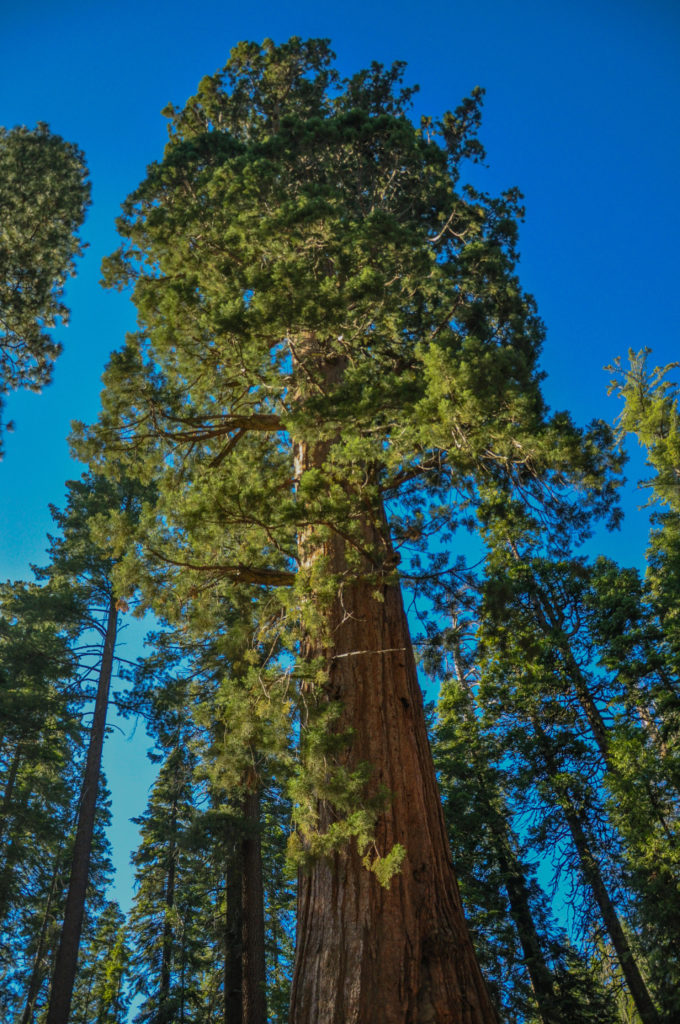
California designated redwood as the official state tree in 1937. The giant sequoia is the most massive tree in the world, with 30- foot diameter trunks that are not uncommon. They can reach the age of over 3,000 years. The coast redwood is the tallest tree in the world, averaging about 300 feet high. Just 4 percent of the original redwood population remains today for us to protect.
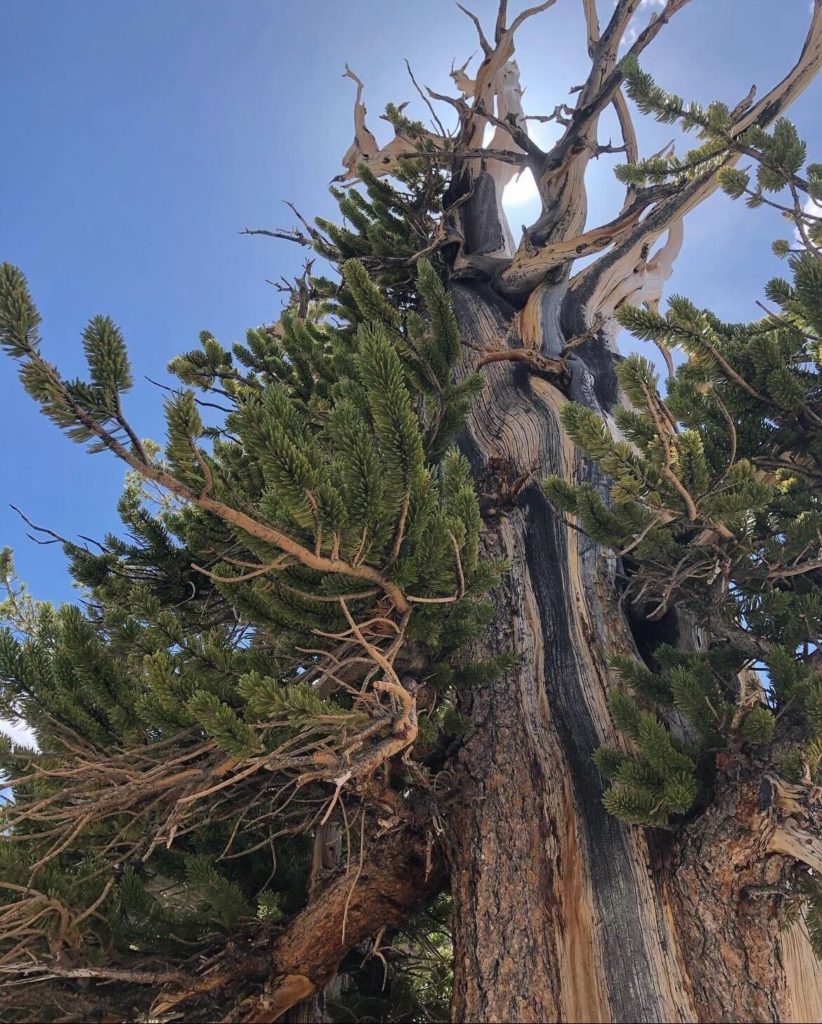
Photo Credit – Sam Nelson (@tree_gazing on IG)
Nevada designated bristlecone pine as an official state tree in 1987. The bristlecone pine is the oldest living thing on Earth, with some specimens in Nevada more than 4,000 years old. The tree can be found at high elevations. Normal height for older trees is about 15 to 30 feet, although some have attained a height of 60 feet. Diameter growth continues throughout the long life of the tree, resulting in massive trunks with a few contorted limbs.

Photo Credit – Sam Nelson (@tree_gazing on IG)
Oregon designated the Douglas fir as the official state tree in 1939. Named after a Scottish botanist who traveled through Oregon in the 1820’s, the Douglas fir can grow to a height of 325 feet and have a 15-foot diameter trunk (averaging 200 feet in height and six feet in diameter). The timber from Douglas firs is said to be stronger than concrete. The Douglas fir’s soft, fragrant, dark to blue-green needles have made it one of the most popular Christmas trees all over the United States.
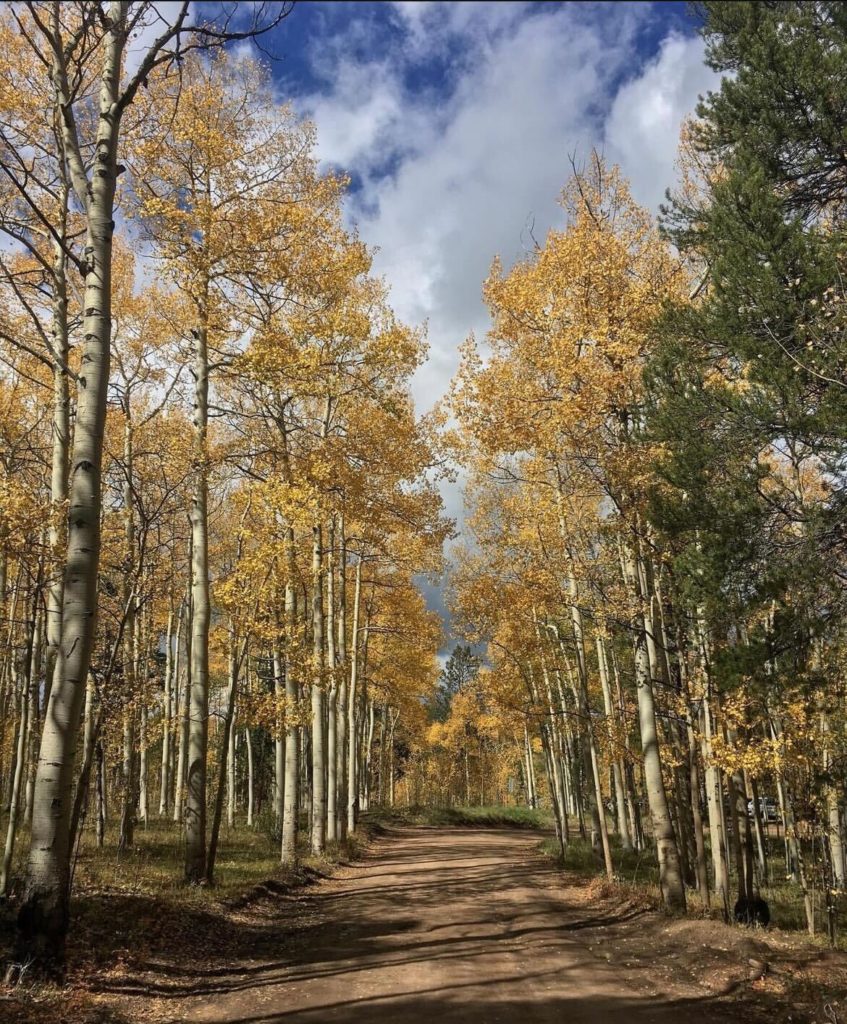
Photo Credit – Sam Nelson (@tree_gazing on IG)
Utah designated quaking aspen as the official state tree in 2014, replacing the original state tree, the blue spruce. This change began with fourth-grade students at an Elementary School in Utah. The students felt that the blue spruce did not represent their state, so they championed the remarkable and unique aspen as the tree symbol of Utah. A stand of aspen trees is really one huge organism that grows from a single root system. Quaking aspen, also called trembling aspen, is found in all 29 Utah counties.